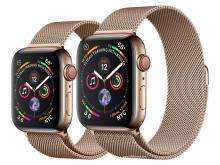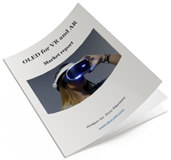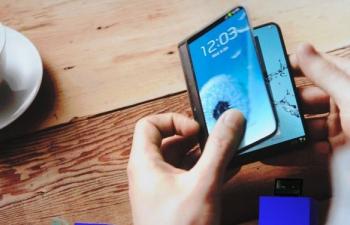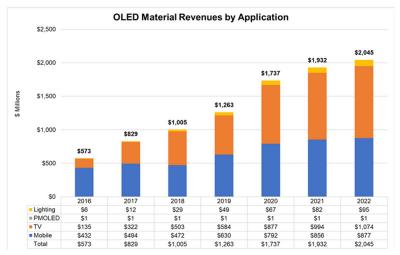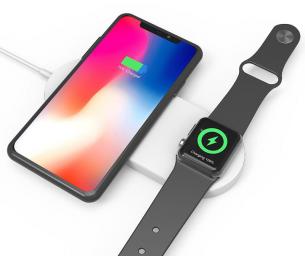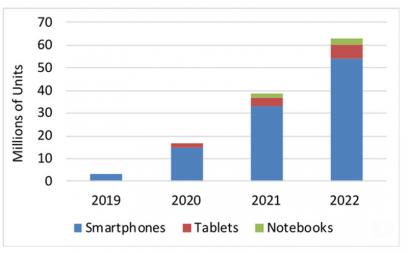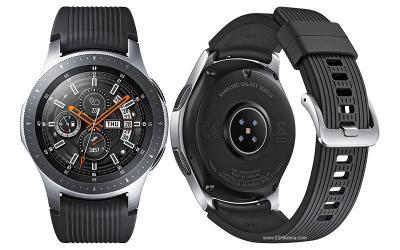Where are the transparent OLEDs?
Transparent displays are of great interest, and many envision a plethora of possible applications that use transparent screens in the retail, commercial and consumer markets. There are many exciting applications - but none with real and immediate demand.
Many OLED makers are developing transparent OLEDs, and in the past we've seen several producers that introduced such displays to the market - only to halt production a few months later. Device makers are on the lookout for such displays, and are still disappointed even though the technology is ready.


